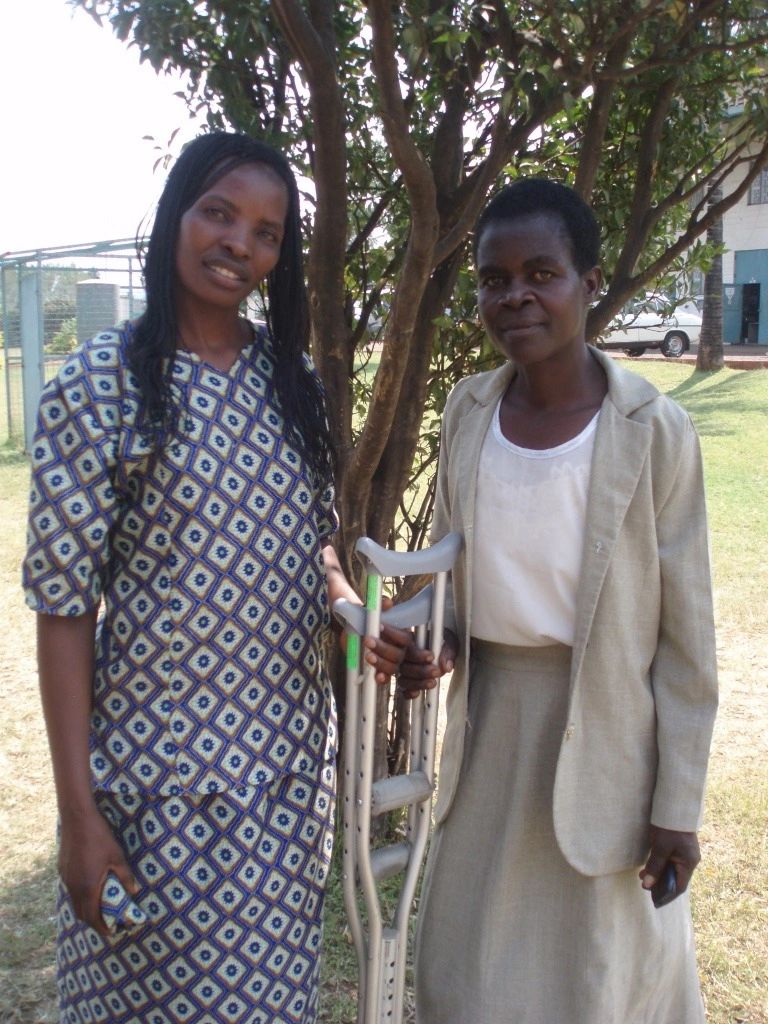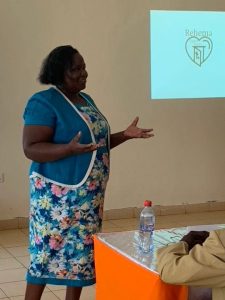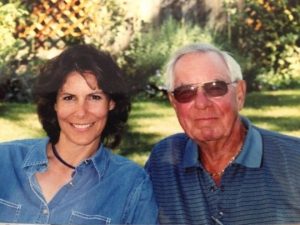
I’ve had some time off these past few weeks and have filled it with resting, reading, walking and more often than I’d like, catching the ever shifting news. Tucked in amongst the tirades of presidential candidates, the gold medals of Olympiads, (some tarnished by bad behavior) appear heart-stopping images of victims of war and bloodshed in faraway countries. One photo that captured great attention (albeit brief) was of a young Syrian child sitting alone and frightened in the back of an ambulance, his face covered with dust and blood, his eyes and gestures conveying the shock of being pulled from a bombed, collapsed building. The next night brought stark footage of starving children in Southern Sudan— looking no larger than withered sticks with huge heads—once again made victims of a war that creates starvation and/or entraps young children as child soldiers. These images make me want to look away for I cannot bear the suffering I witness in those faces. But look, I must.
What is it about suffering that causes us to simultaneously cringe and be drawn in? What is it about bearing witness to pain so intimate that it makes us want to flee? Is it compassion fatigue as some call it…a feeling of being so overwhelmed that one is rendered helpless to do anything? Or is it our tendency to avoid anything that has to do with weakness, pain and suffering, lest we be confronted with our own weaknesses and pain?
It is difficult to assimilate all the horrors that now assault our world and tumble into our living rooms and onto our computer screens. It is hard to know what to do. And so I reminded to look to the One who knows suffering more intimately than anyone can imagine. I look to Christ, the One who rendered Himself helpless, weak and vulnerable out of love for me. I look to the One who suffers for me and with me. I look to the One who calls me to bear another’s burdens in love—who calls me to suffer alongside those who suffer. I look to the One who calls me to be love and mercy in the world.
Over a thousand years ago, St. Augustine posed the question: What does love look like?
His answer reflects the Truth which intersects time and space.
What does love look like?
It has hands to help others. It has the feet to hasten to the poor and needy. It has eyes to see misery and want. It has ears to hear the sighs and sorrows of men.
This is what love looks like.

Love and mercy are not abstract ideas to be dissected and debated. They do not seek the perfect solution to end suffering. No, they are realities that take on flesh and blood, and often require something of us. No gesture of love is too small. Perhaps it is a simple kindness to the person sitting across the dinner table from us, or flashing a smile at the harried shop clerk. Maybe it’s setting aside some money, a few coins even, to support a child in need, buy a water filter, help build a hospice house.
What does love look like?
This question is foremost on my mind as I prepare for another trip to Kenya. Flights are booked, lists are being made. Emails travel across the continents. Curriculum is being developed. My heart expands at the thought of traveling once again to a country I have grown to love, and reconnecting with a people who continue to teach me what love looks like. Africa is one of the places where I encountered suffering on a level impossible to ignore. And in those moments, spanning ten years now, I witnessed love and it looks like this:
Hands that bring healing with a gentle grasp, a cool touch to a fevered brow, a hug. Hands that bring a small bag of maize or sugar. Hands that open a well-worn Bible, giving voice to Words of comfort and hope.
Feet that hasten to the poor and needy. Feet that often walk miles and miles in rural areas to reach someone in a remote village. Feet that step over trash, feces, garbage in the city slums. Beautiful, calloused feet carrying compassion and joy.
Eyes that do not look away in the face of misery and suffering. Eyes that know there is no substitute for face-to-face contact. Eyes that fill with tears at suffering, as well with rejoicing. Eyes that see Christ in those for whom they bring mercy.
Ears that receive the complaints, the longings, the sorrows and yes, the joys, the dreams and the thankfulness. Ears that hear the silence and remain attuned to it. Ears that become a refuge for stories needing to be shared and heard.
This is what love looks like.
Headlines will continue to shift and change. Scandals will continue. Images of war, refugees, need and suffering will flit through our screens. Let us pray for the courage to look, to listen, to heed the call to love and mercy. Consider the words of the poet, Anna Kamienska,
Suffering by itself without joy is a lack of trust. Joy by itself without suffering is arrogance.
And in that space of suffering and joy is mercy—Ever ancient. Ever new.
Always Mercy,
Pamela






